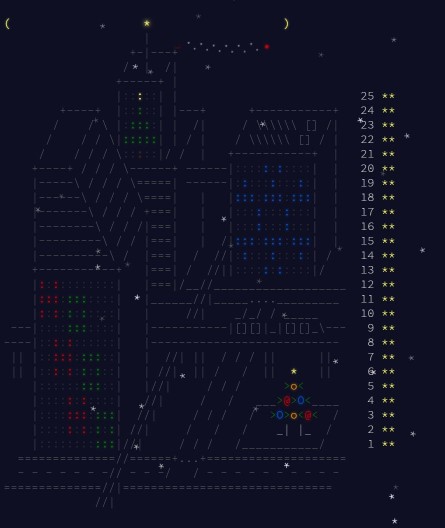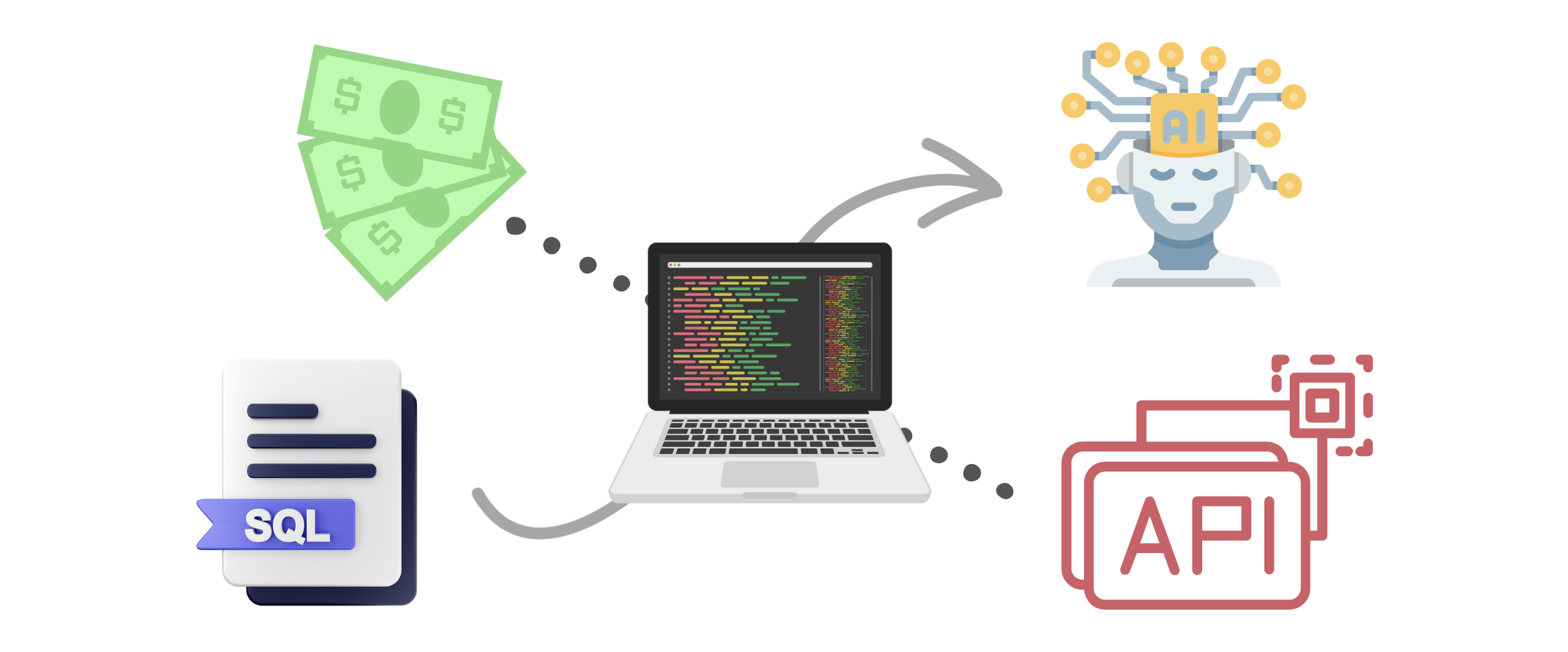When you deploy code from a repo, class (file) deletion might not be reflected by your CICD system.
Here's a simple one-liner to automatically delete all classes in a specified package that have not been imported. It can be easily adjusted for a variety of adjunct tasks:
set packages = "USER.*,MyCustomPackage.*"
set dir = "C:\InterSystems\src\"
set sc = $SYSTEM.OBJ.LoadDir(dir,"ck", .err, 1, .loaded)
set sc = $SYSTEM.OBJ.Delete(packages _ ",'" _ $LTS($LI($LFS(loaded_",",".cls,"), 1, *-1), ",'"),, .err2)
The first command compiles classes and also returns a list of loaded classes. The second command deletes all classes from specified packages, except for the classes loaded just before that.



 But my attempts to set idToTokenArray have not yielded any positive results so far. How do I need to fill it?
But my attempts to set idToTokenArray have not yielded any positive results so far. How do I need to fill it?


